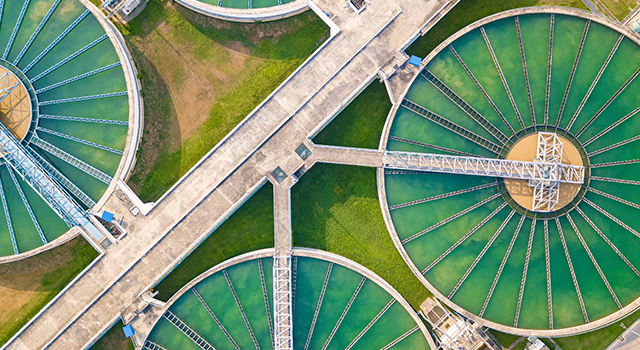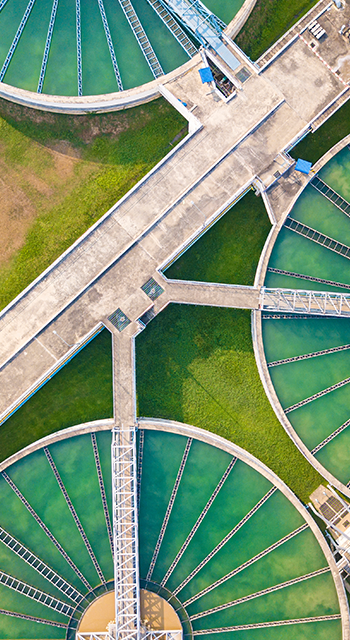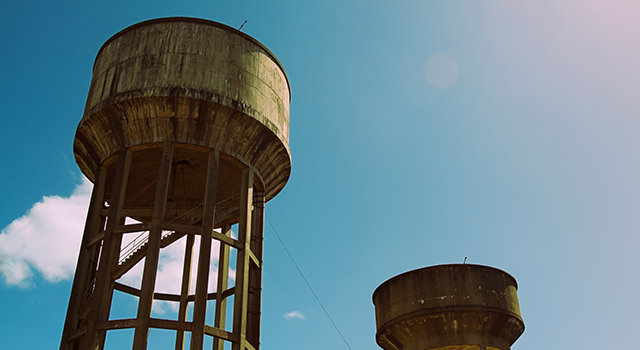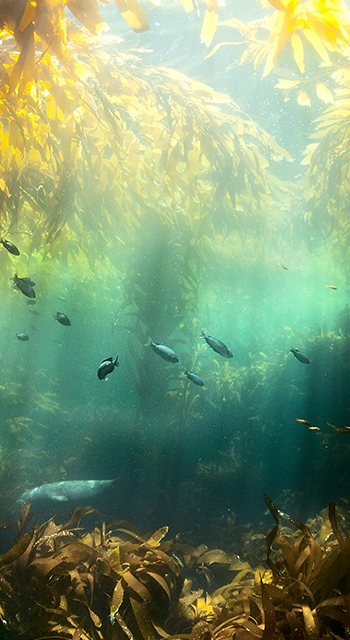Climate adaptation in relation to water can take many shapes and forms. Often, it is a matter of adapting to having either too much or too little water.
As coastal communities face rising sea-levels, technologies can help keep water at bay. For those confronting water pollution and scarcity, there have been huge advances in capturing and treating water from all kinds of sources. However, climate impacts are felt beyond the human population. Increasingly acidic and warm oceans call for strengthened and innovative approaches to marine ecosystem conservation.
Explore technologies
Have you initiated contacts or technological transfer agreements?
The Green Technology Book is a free resource, but please help us by letting us know if you have initiated contacts or technological transfer agreements or similar as a result of the book.
Do you want to find more technologies and become part of the solution?
Find more technologies in the Green Technology Book Collection in the WIPO GREEN Database. Register and upload your technology and be part of the solution.
Boretti, A. and L. Rosa (2019). Reassessing the projections of the World Water Development Report. npj Clean Water, 2.
IPCC (2018). An IPCC Special Report on the impacts of global warming of 1.5°C above pre-industrial levels and related global greenhouse gas emission pathways, in the context of strengthening the global response to the threat of climate change, sustainable development, and efforts to eradicate poverty. Summary for Policymakers. Geneva: IPCC, WMO, UNEP. Available at: https://www.ipcc.ch/sr15/
IPO, UK (2021). Flood and coastal defences. Newport, UK: The Intellectual Property Office (IPO UK). Available at: https://assets.publishing.service.gov.uk/government/uploads/system/uploads/attachment_data/file/1031155/Flood-and-coastal-defences.pdf.
Dechezlepretre, A., S. Fankhauser, M. Glachant, J. Stoever and S. Touboul (2020). Invention and global diffusion of technologies for climate change adaptation: A patent analysis. Washington, DC: World Bank. Available at: https://openknowledge.worldbank.org/handle/10986/33883.
Vegt, H. van der, I. Iliev, Q. Tannock and S. Helm (2011). Patent landscape report on desalination technologies and the use of alternative energies for desalination. Geneva: World Intellectual Property Organization (WIPO). Available at: https://www.wipo.int/edocs/pubdocs/en/patents/948/wipo_pub_948_2.pdf.
IPOS (2019). Technology scan: Energy efficient desalination technologies. Intellectual Property Office of Singapore (IPOS). Available at: https://www.ipos.gov.sg/docs/default-source/default-document-library/tech-scan---energy-efficient-desalination-technologies.pdf
Conway, D., A. Dechezleprêtre, I. Haščič and N. Johnstone (2015). Invention and diffusion of water supply and water efficiency technologies: Insights from a global patent dataset. Water Economics and Policy, 01, 1550010.
Vegt, H. van der and I. Iliev (2012). Patent landscape report on membrane filtration and uv water treatment. Geneva: World Intellectual Property Organization (WIPO). Available at: https://www.wipo.int/publications/en/details.jsp?id=232.
WIPO (2019). Patent landscape report: Marine genetic resources. Geneva: World Intellectual Property Organization (WIPO). Available at: https://www.wipo.int/publications/en/details.jsp?id=4398&plang=EN.
IPCC (2019). IPCC special report on the ocean and cryosphere in a changing climate. Summary for policymakers. Geneva: IPCC, WMO, UNEP. available: https://www.ipcc.ch/srocc/download-report/
UNEP (2021). Adaptation Gap Report 2021: The gathering storm. Nairobi: United Nationals Environment Programme. available: https://www.unep.org/resources/adaptation-gap-report-2021
EIB (2021). EIB Climate Adaptation Plan. European Investment Bank (EIB). Available at: https://www.eib.org/en/publications/the-eib-climate-adaptation-plan [accessed October 2022].
Heinrich Böll Foundation (2021). 10 things to know about climate finance. Available at: https://issuu.com/heinrichbollfoundationnorthamerica/docs/hbs-10things2021-book?embed_cta=embed_badge&embed_context=embed&embed_domain=climatefundsupdate.org&utm_medium=referral&utm_source=climatefundsupdate.org [accessed October 2022].












